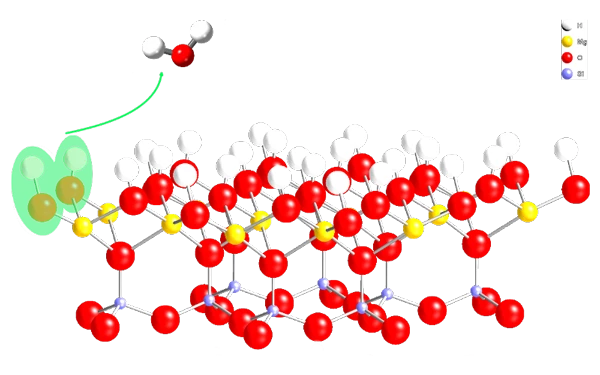Despite being the closest planet to the Sun, Mercury is home to a surprising amount of ice. Now, researchers at Georgia Tech have put forward an explanation for how at least some of it got there – and it turns out, the heat plays an important role.
Most of Mercury is a broiling hot hellscape, where daytime temperatures peak at a toasty 427 °C (800 °F). But with no atmosphere to spread the heat around, the poles remain chilly, and the floors of some deep craters never see sunlight. There, temperatures can be as low as -170 °C (-274 °F) – the perfect conditions for ice to form.
And form it does, with spacecraft observations and other calculations showing large deposits at both poles of the planet. How it actually got there in the first place has remained a mystery, but now the Georgia Tech team has proposed at least a partial explanation.
The team says that protons – charged particles from the Sun – pelt the surface of Mercury, creating minerals called hydroxyl groups (OH) in the soil. Then, the intense heat helps release and energize these minerals, so they collide and form water molecules and hydrogen.

These water molecules then drift around the planet. Some will inevitably be broken down again by the extreme sunlight, but some molecules will settle in the polar craters, where the cold conditions are ready to make some ice.
“The total amount that we postulate that would become ice is 10 trillion kg (11 billion tons) over a period of about 3 million years,” says Brant Jones, first author of the study. “The process could easily account for up to 10 percent of Mercury’s total ice.”
The rest, they posit, would arrive through asteroid strikes. That doesn’t necessarily mean the asteroid itself has to be carrying much water – the forces of the impact itself can trigger a chemical reaction that produces the stuff.
The research was published in the Astrophysical Journal Letters. The team describes the idea in the video below.
Source: Georgia Tech





